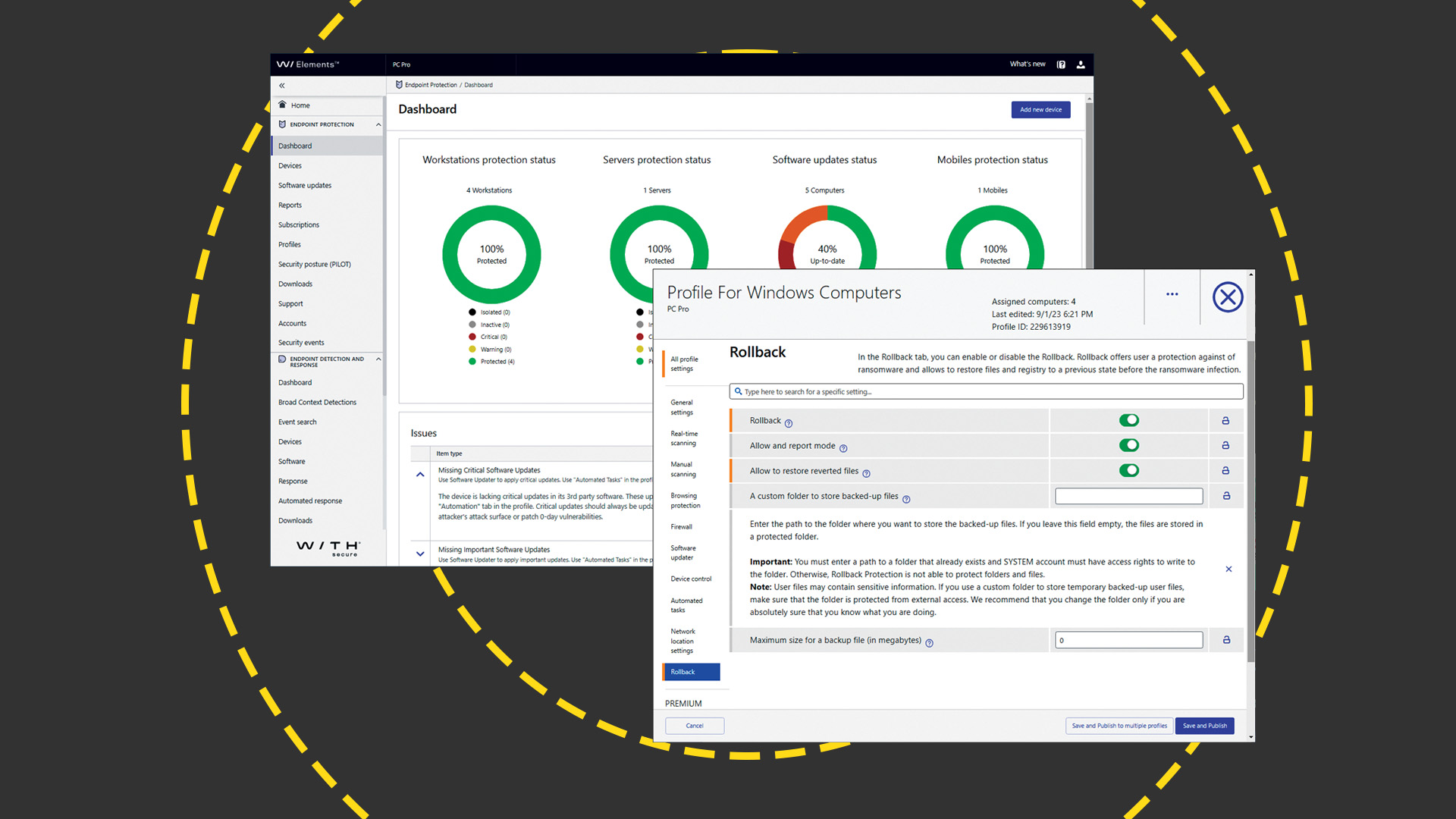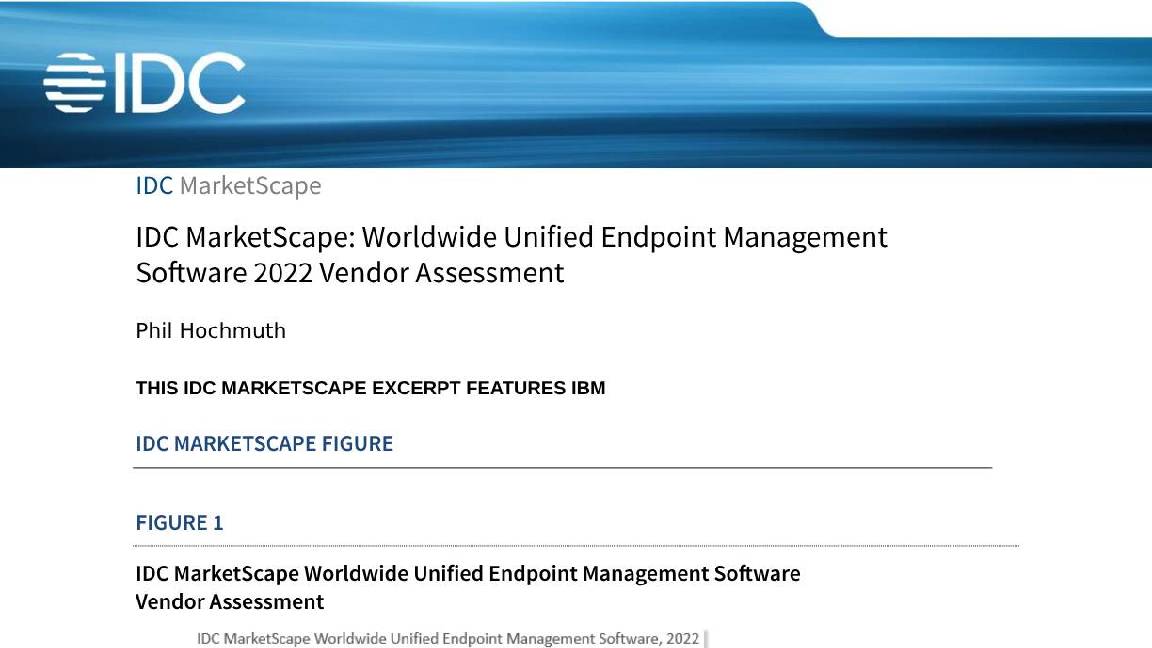Microsoft partners with device and chip makers on ‘secured-core’ PCs
Secured-core PCs aim to mitigate firmware cyber security threats


Microsoft has joined forces with a number of industry-leading manufacturers to introduce a 'secured-core' verification system for devices that fulfill essential security criteria for business customers.
The programme, which has been underway for several months, involves a partnership between Microsoft and firms including Dynabook, Dell, HP, Lenovo and Panasonic to build machines that include a host of built-in security features.
Designed in the context of rising cyber crime, these devices are specifically aimed at customers in industries such as financial services and healthcare, as well as employees who work in government or handle highly sensitive data.
To be categorised as 'secured-core' PCs, the machines would need to meet a set of requirements that are aligned with the best practices of seamless, security-focused hardware and software integration.
These devices combine a number of facets including identity, virtualisation, operating system (OS), hardware and firmware protection to add additional layers of security beneath the Windows 10 OS. This classification system aims to diverge from machines simply loaded with software-based security systems in the way that they're designed to prevent attacks rather than just detecting them once they've occurred.
"These requirements enable customers to boot securely, protect the device from firmware vulnerabilities, shield the operating system from attacks, prevent unauthorized access to devices and data, and ensure that identity and domain credentials are protected," said Microsoft's partner director for OS security David Weston.
"The built-in measurements can be used by SecOps and IT admins to remotely monitor the health of their systems using System Guard runtime attestation and implement a zero-trust network rooted in hardware.
Get the ITPro daily newsletter
Sign up today and you will receive a free copy of our Future Focus 2025 report - the leading guidance on AI, cybersecurity and other IT challenges as per 700+ senior executives
"This advanced firmware security works in concert with other Windows features to ensure that Secured-core PCs provide comprehensive protections against modern threats," said Weston.
This Secure Guard Secure Launch mechanism has been implemented in Windows 10 as a key requirement in Secured-core PCs to protect the boot process from firmware attacks.
Moreover, the system uses the Dynamic Root of Trust for Measurement (DRTM) functions built into the latest chips manufactured by AMD, Intel and Qualcomm to protect a device's startup process, and raises the prospects of mitigating against advanced firmware threats.
The Trusted Platform Module 2.0 (TPM) mechanism, meanwhile, is used in these devices to measure the components used during the secure launch process. This is in addition to further safeguards in the form of the System Management Module (SMM) which features several functions that to monitor the OS while it's running and restrict potentially dangerous applications and firmware.
"Our ecosystem partnerships have enabled us to add this additional layer of security in devices that are designed for highly-targeted industries and end-users who handle mission-critical data in some of the most data-sensitive industries," Weston continued.
"These innovations build on the value of Windows 10 Pro that comes with built-in protections like firewall, secure boot, and file-level information-loss protection which are standard on every device."
A number of these Secured-core devices are already available for purchase, including, for example, Dynabook's Tecra X50F and the upcoming Surface Pro X.

Keumars Afifi-Sabet is a writer and editor that specialises in public sector, cyber security, and cloud computing. He first joined ITPro as a staff writer in April 2018 and eventually became its Features Editor. Although a regular contributor to other tech sites in the past, these days you will find Keumars on LiveScience, where he runs its Technology section.
-
 Should AI PCs be part of your next hardware refresh?
Should AI PCs be part of your next hardware refresh?AI PCs are fast becoming a business staple and a surefire way to future-proof your business
By Bobby Hellard
-
 Westcon-Comstor and Vectra AI launch brace of new channel initiatives
Westcon-Comstor and Vectra AI launch brace of new channel initiativesNews Westcon-Comstor and Vectra AI have announced the launch of two new channel growth initiatives focused on the managed security service provider (MSSP) space and AWS Marketplace.
By Daniel Todd
-
 Busting nine myths about file-based threats
Busting nine myths about file-based threatsWhitepaper Distinguish the difference between fact and fiction when it comes to preventing file-based threats
By ITPro
-
 The Total Economic Impact™ of the Intel vPro® Platform as an endpoint standard
The Total Economic Impact™ of the Intel vPro® Platform as an endpoint standardWhitepaper Cost savings and business benefits enabled by the Intel vPro® Platform as an endpotnt standard
By ITPro
-
 The Total Economic Impact™ of IBM Security MaaS360 with Watson
The Total Economic Impact™ of IBM Security MaaS360 with WatsonWhitepaper Cost savings and business benefits enabled by MaaS360
By ITPro
-
 WithSecure Elements EPP and EDR review: Endpoint protection on a plate
WithSecure Elements EPP and EDR review: Endpoint protection on a plateReviews An affordable cloud-managed solution with smart automated remediation services
By Dave Mitchell
-
 KuppingerCole leadership compass report - Unified endpoint management (UEM) 2023
KuppingerCole leadership compass report - Unified endpoint management (UEM) 2023Whitepaper Get an updated overview of vendors and their product offerings in the UEM market.
By ITPro
-
 The Total Economic Impact™ of IBM Security MaaS360 with Watson
The Total Economic Impact™ of IBM Security MaaS360 with WatsonWhitepaper Get a framework to evaluate the potential financial impact of the MaaS360 on your organization
By ITPro
-
 Unified endpoint management software vendor assessment
Unified endpoint management software vendor assessmentWhitepaper Make positive steps on your intelligent automation journey
By ITPro
-
 PowerEdge - Cyber resilient infrastructure for a Zero Trust world
PowerEdge - Cyber resilient infrastructure for a Zero Trust worldWhitepaper Combat threats with an in-depth security stance focused on data security
By ITPro